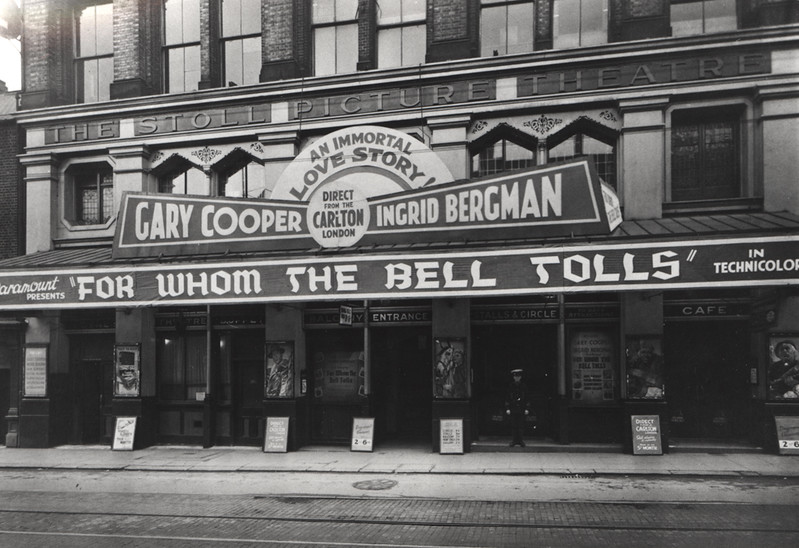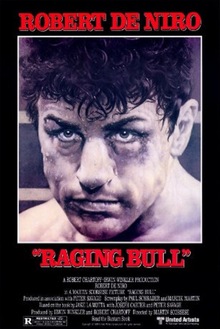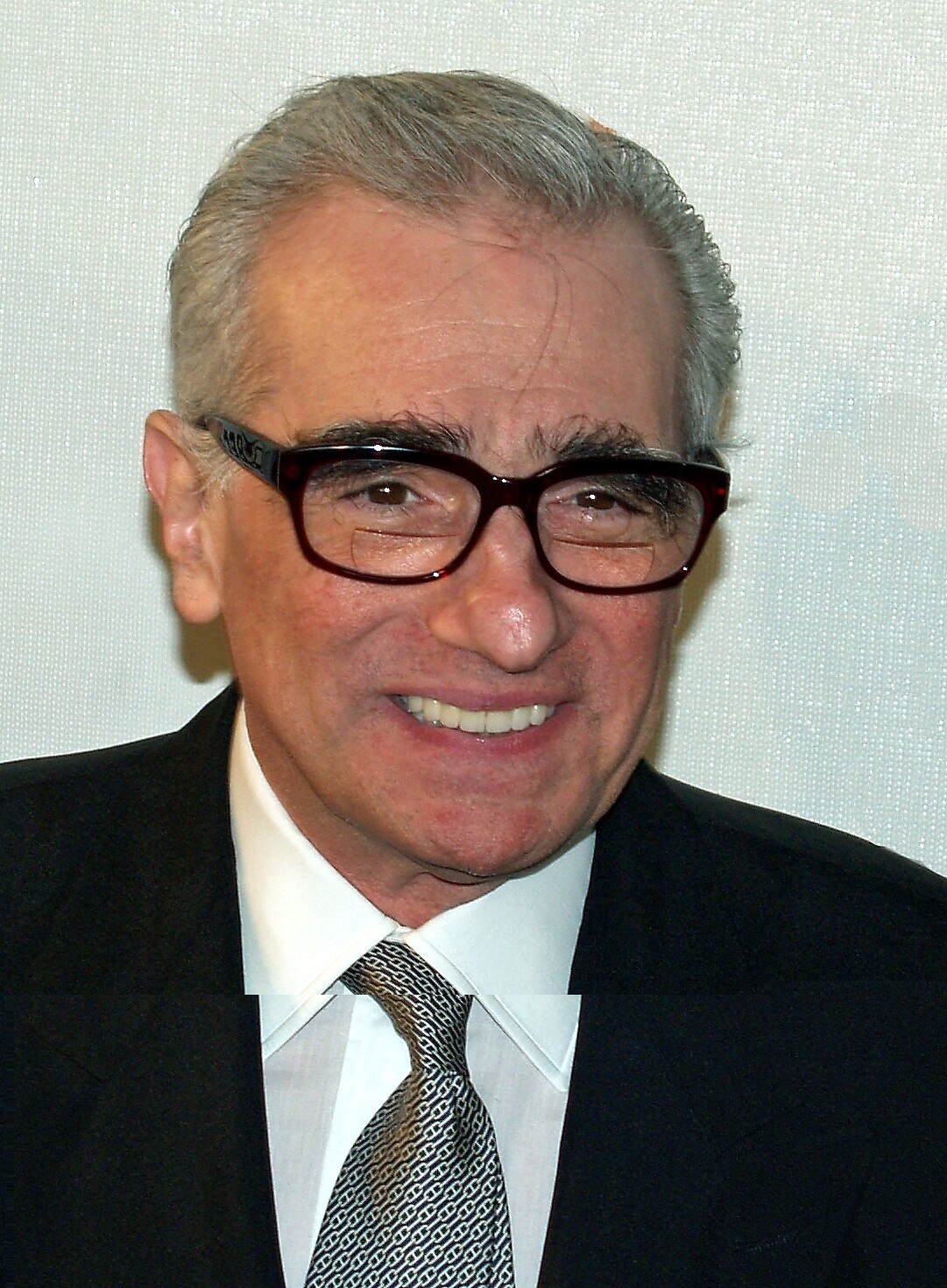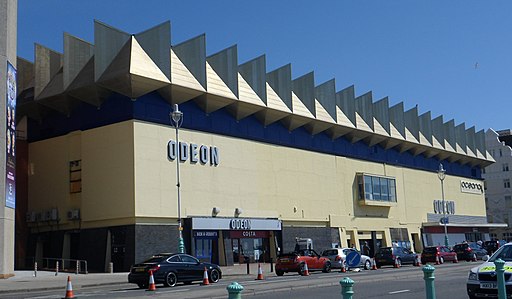
The success of Marvel’s films in recent years have shown how lucrative comic book adaptions can be, but big-screen adaptions of novels have been around far longer, dating all the way back to the earliest days of cinema.
Some films based on novels you’re almost certainly aware of – the Lord of the Rings trilogy, for example – while other big-screen adaptions may surprise you. The Great Escape, The Shawshank Redemption, and Forrest Gump are all adapted from the page.
Some directors have a long-lasting love affair with adaptions of novels. Alfred Hitchcock was one such director (and you can find him quoted in a dialogue workshop post here). Strangers on a Train, Vertigo, Psycho, The 39 Steps, and Rear Window are just some of his films adapted from novels. Martin Scorsese is another director with a long history of successful big screen adaptions. With over 50 years of filmmaking on his resume, Scorsese’s racked up an impressive list of credits, many of which were adapted from books – some from novels, and some from non-fiction.
Adaptions by Number
Martin Scorsese’s list of adaptions from books is impressive in terms of both quality and quantity, his films regularly turning up in any list of the all-time top 50 or 100 films – and usually with at least one in the top 10. As a director, Scorsese had racked up 25 feature films prior to 2020, and an additional 16 documentaries. Of the 25 movies Scorsese’s directed, 8 were based on novels, and a further 7 based on works of non-fiction. Together, they account for over half of Scorsese’s movie output, and this doesn’t include a further 2 films that, although not adapted from a non-fiction book, were biographical in nature.
If you’d care to guess which of his films are novel or non-fiction adaptions, you can find Scorsese’s filmography here before reading on.
Early Forays into Adaptions
 Scorsese’s first adaption from book to screen was 1980’s Raging Bull, based on boxer Jake LaMotta’s autobiography. The film wasn’t a huge box office success, but was nominated for 8 Oscars, won 2, and is now considered by many to be Scorsese’s finest film. Perhaps it’s hardly surprising then that in the wake of this success the director went on to shoot further adaptions. In addition, the story behind the production of Raging Bull is just as compelling as the film itself.
Scorsese’s first adaption from book to screen was 1980’s Raging Bull, based on boxer Jake LaMotta’s autobiography. The film wasn’t a huge box office success, but was nominated for 8 Oscars, won 2, and is now considered by many to be Scorsese’s finest film. Perhaps it’s hardly surprising then that in the wake of this success the director went on to shoot further adaptions. In addition, the story behind the production of Raging Bull is just as compelling as the film itself.
Robert De Niro was the main moving force in Raging Bull’s development, first suggesting it to Scorsese after reading LaMotta’s memoir. Scorsese, however, disliked boxing and wasn’t interested in directing the film. De Niro persevered, however, and it was only after nearly dying from a drug overdose that Scorsese came to see the potential in Jake LaMotta’s story following a hospital visit from De Niro, and the actor again floating the idea. Scorsese eventually threw all his energies into the making of Raging Bull, at the time thinking it might be the last film he would ever make.
It’s incredible to think that from this low point, Scorsese not only came back from a serious drug addiction, but has continued making films for a further 40 years. If Robert De Niro hadn’t persisted in trying to get Scorsese to direct the film, how might things have worked out differently? Would the great films Scorsese’s directed since Raging Bull have ever been made? Or might Scorsese have succumbed to his addiction as the director himself expected?
Further Success
Six years later, Scorsese returned to sport, this time adapting a novel and delivering The Color of Money. As with Raging Bull, the film earned a Best Actor Oscar, this time for Paul Newman.
Scorsese’s next two films both came from books: The Last Temptation of Christ was adapted from the novel of the same name, and Scorsese followed it in 1990 with Goodfellas, revisiting non-fiction. Goodfellas swapped the boxing ring for the Mafia, and earned Joe Pesci an Oscar for Best Supporting Actor.
Following the success of Goodfellas, Scorsese directed Cape Fear, again partnering with Robert De Niro (who’s appeared in an incredible 9 Scorsese films). Cape Fear is one of the 8 novel adaptions mentioned earlier, although technically it is a remake of a film adapted from the 1957 novel The Executioners. Scorsese followed this box office and critical success with The Age of Innocence, an adaption of the novel of the same name that although a box office failure still garnered Oscar nominations (and won the Best Costume Design award). It may be one reason for Scorsese’s longevity as a director that even his films that aren’t a commercial success can still impress critics and even win Oscars.
Two years later, Scorsese returned to adapting non-fiction, this time with Casino, a box office success that reunited Scorsese with Oscar winners Robert De Niro and Joe Pesci. 1997’s Kundun followed. While not adapted from a non-fiction book, the film was nevertheless biographical in nature with the 14th Dalai Lama in the spotlight. Scorsese rounded out the millennium with his fifth novel adaption, 1999’s Bringing Out the Dead, adapted from Joe Connelly’s novel.
The Twenty-First Century and More Success
Scorsese’s first film in the Twenty-First Century was Gangs of New York, a loose adaption of the non-fiction book The Gangs of New York. The film garnered 10 Oscar nominations, but didn’t win a single Academy Award. 2004’s The Aviator was another biographical venture, adapted from a 1993 biography of Howard Hughes. It reunited Scorsese with Leonardo di Caprio, earned 11 Oscar nominations, and this time won 5, including a Best Actor award for di Caprio.
The Departed followed, marking di Caprio’s third consecutive appearance in Scorsese films. The Departed is another oddity in the Scorsese canon: it’s a partial remake of Infernal Affairs, but is also partially based on Boston’s very real Winter Hill Gang. It’s not an adaption of a book, but it is partially grounded in real life people and events. The film won 4 Oscars, including Scorsese’s first – and so far only – prestigious Best Director award.
Recent Adaptions

Shutter Island, Hugo, and Silence round out Scorsese’s list of films adapted from novels. The three were filmed in order, with The Wolf of Wall Street – another non-fiction adaption – sandwiched between Hugo and Silence. Following that quartet, 2019 saw another non-fiction adaption in the shape of The Irishman. With 8 novels and 7 non-fiction books, you might think Scorsese’s love of adaptions would wane. The forthcoming Killers of the Flower Moon, however, will soon dispel that notion, and will take Scorsese up to a total of 8 non-fiction adaptions. Already half of Scorsese’s films are adapted from books of one kind or another, and the director shows no signs of slowing down any time soon. In fact, of Scorsese’s 21st Century films, only The Departed wasn’t adapted from either non-fiction or a novel.
Scorsese’s output has been quite prodigious. One of his earliest professional jobs was editing the concert film of the Woodstock festival. Music is another love of the director, and in the years since he’s directed several documentaries on subjects including the Rolling Stones and Bob Dylan, part of a portfolio that includes 16 full-length documentaries, covering a range of different subjects. The director’s CV also includes a short music film for Michael Jackson’s single Bad, commercials for major brands, and, since the 1990s, a long list of producer credits. And many of these might never have come to fruition if an actor hadn’t paid him a visit in the hospital and convinced him to adapt the memoir of a boxer. In light of Scorsese’s output since that low point, it could be that Robert De Niro’s greatest achievement – perhaps even beyond his Best Actor Oscar – was helping the director get back to work on the road to recovery. Without it, we might all have been deprived of some of cinema’s greatest films.





Leave A Comment